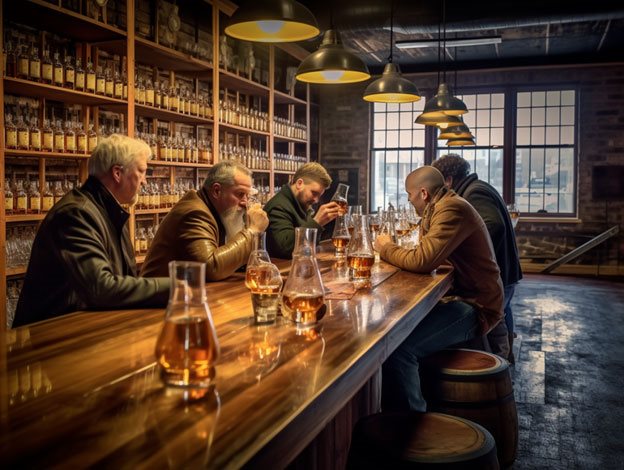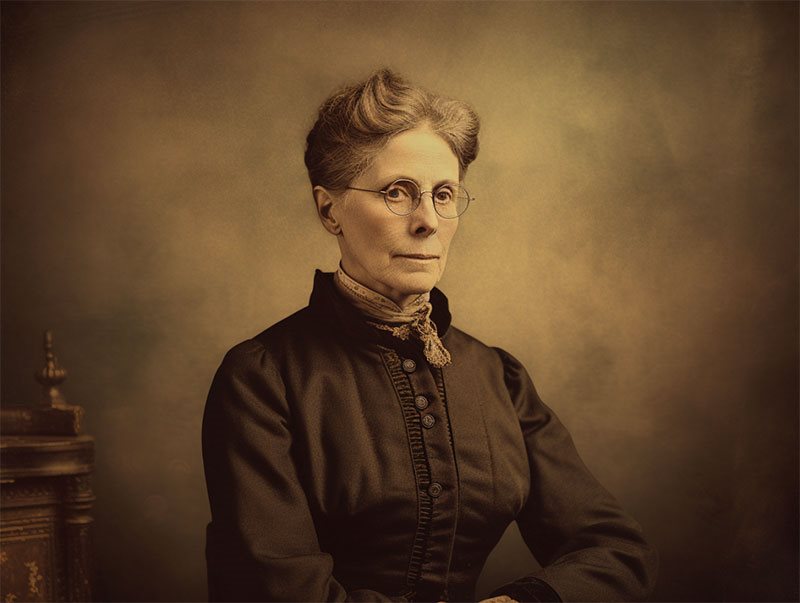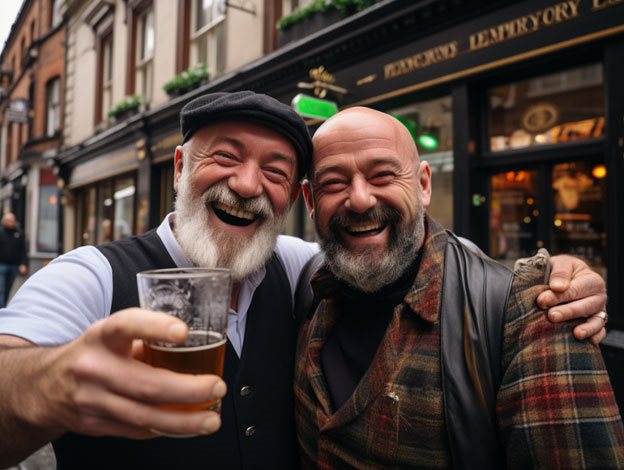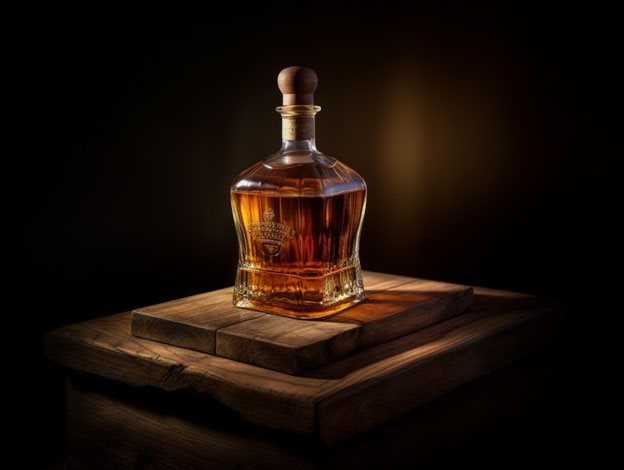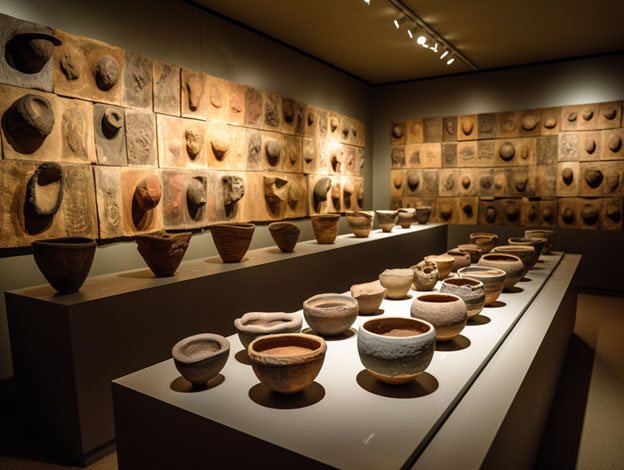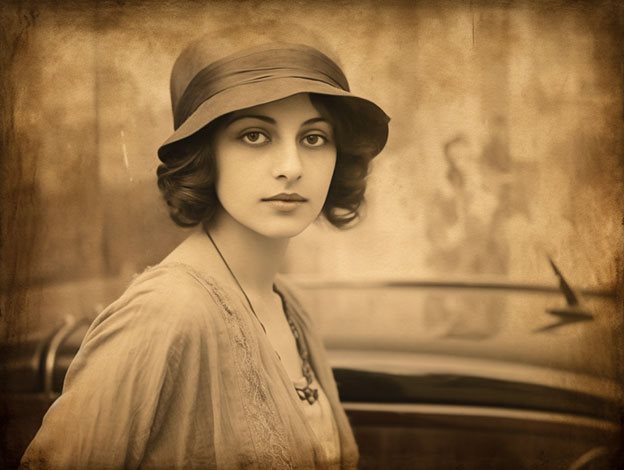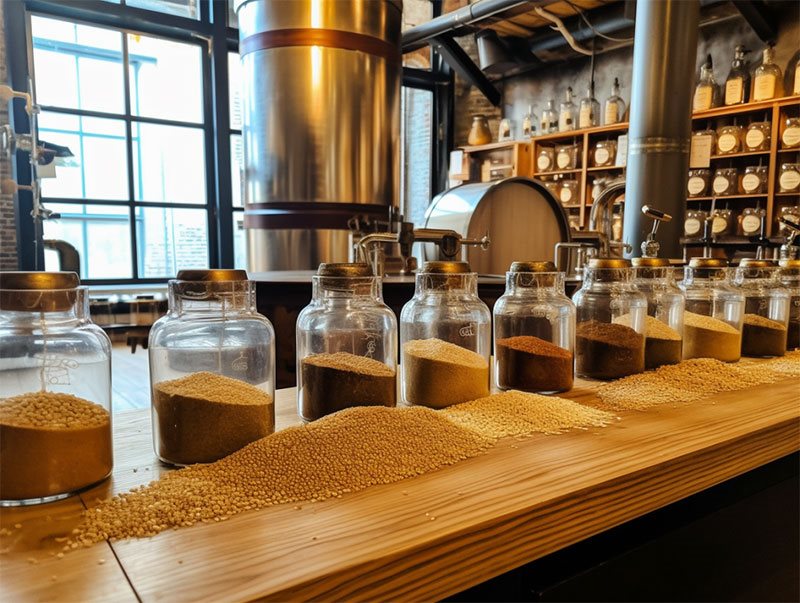The 1920s, often referred to as the "Roaring Twenties," were a time of significant social and cultural change in the United States, particularly for women. One major element of this change was the implementation of Prohibition, instituted by the 18th Amendment, which had a profound impact on women's social status and behavior.
Women's Involvement in the Temperance Movement
Women played a critical role in the Temperance Movement, which ultimately led to Prohibition. Organized groups, notably the Woman's Christian Temperance Union (WCTU), led by figures like Frances Willard and Carry Nation, advocated for the ban of alcohol, linking it to domestic violence and poverty (Dannenbaum, 1981). Their successful efforts in the movement catalyzed their involvement in broader social and political activism, including women's suffrage.

The Intersection of Prohibition and Suffrage
The year 1920 marked not only the commencement of Prohibition but also the ratification of the 19th Amendment, which granted women the right to vote. The two events were interlinked, with women's participation in the Temperance Movement proving instrumental in fostering solidarity and organizational structures necessary for the suffrage campaign (Kyvig, 1979). This simultaneous shift — the ban on alcohol and the acquisition of voting rights — represented a turning point in women's social status, giving them a more significant stake in political decision-making.
Changes in Women's Social Behavior
Prohibition also inadvertently led to significant changes in women's social behavior. As alcohol production and sale moved underground, the rise of speakeasies, illegal bars or clubs selling alcohol, became prominent. Previously, it had been considered inappropriate for women to be seen in saloons or bars; however, speakeasies were more socially inclusive, often welcoming women (Lerner, 2011). This was a marked departure from traditional norms and signaled a shift towards greater gender equality in social settings.
The Emergence of the Flapper
The 1920s saw the emergence of the 'flapper' — young women known for their energetic freedom, embracing a lifestyle viewed by many at the time as outrageous, immoral, or downright dangerous. The flapper image, often portrayed with a cocktail in hand, became a symbol of the era, representing women's increasing independence and their willingness to defy traditional norms (Zeitz, 2006). While not all women of the 1920s were flappers, the image of the flapper indicated a broader trend of shifting attitudes and behaviors among women.
Conclusion
In conclusion, the implementation of Prohibition had significant, though perhaps unexpected, effects on women's social status and behavior in the 1920s. It not only played a role in their political empowerment but also fostered changes in societal norms around women's behaviors and roles. Prohibition, therefore, was a major factor contributing to the dramatic transformation of women's lives in the 1920s.
References
- Dannenbaum, Jed (1981). "The Origins of Temperance Activism and Militancy among American Women". Journal of Social History.
- Kyvig, David E. (1979). Repealing National Prohibition. The University of Chicago Press.
- Lerner, Michael (2011). Dry Manhattan: Prohibition in New York City. Harvard University Press.
- Zeitz, Joshua (2006). Flapper: A Madcap Story of Sex, Style, Celebrity, and the Women Who Made America Modern. Crown Publishers.


